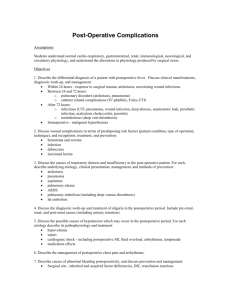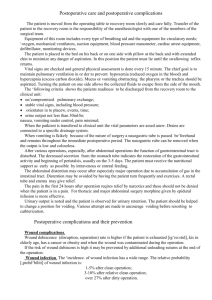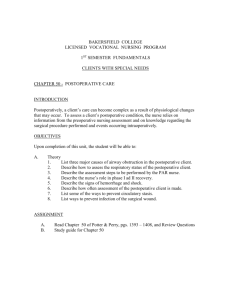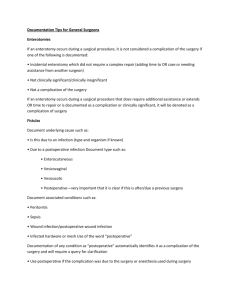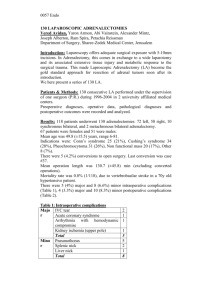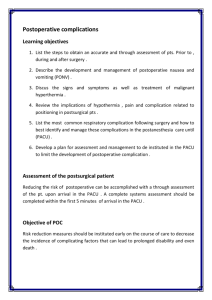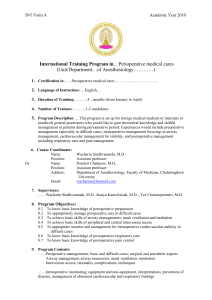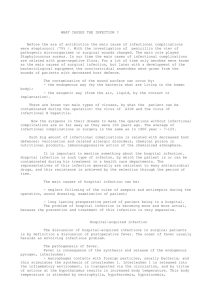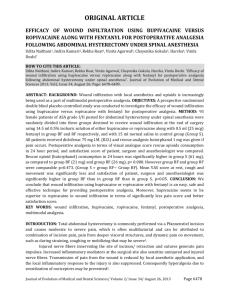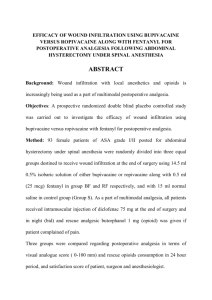QUALITY ASSURANCE PLAN
advertisement
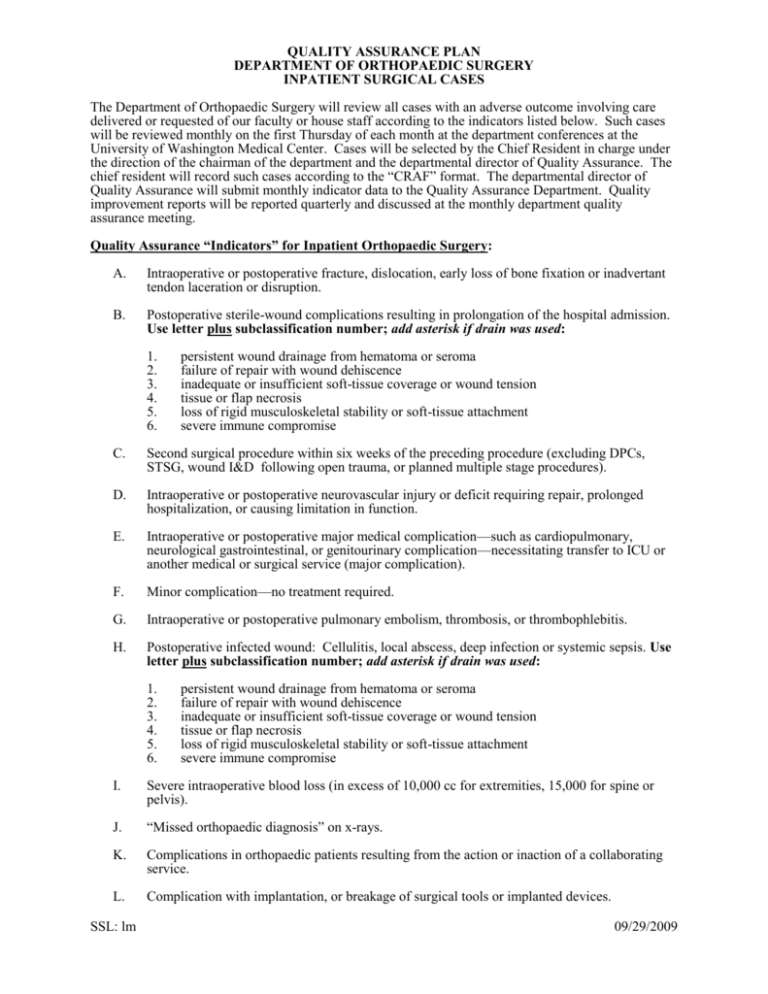
QUALITY ASSURANCE PLAN DEPARTMENT OF ORTHOPAEDIC SURGERY INPATIENT SURGICAL CASES The Department of Orthopaedic Surgery will review all cases with an adverse outcome involving care delivered or requested of our faculty or house staff according to the indicators listed below. Such cases will be reviewed monthly on the first Thursday of each month at the department conferences at the University of Washington Medical Center. Cases will be selected by the Chief Resident in charge under the direction of the chairman of the department and the departmental director of Quality Assurance. The chief resident will record such cases according to the “CRAF” format. The departmental director of Quality Assurance will submit monthly indicator data to the Quality Assurance Department. Quality improvement reports will be reported quarterly and discussed at the monthly department quality assurance meeting. Quality Assurance “Indicators” for Inpatient Orthopaedic Surgery: A. Intraoperative or postoperative fracture, dislocation, early loss of bone fixation or inadvertant tendon laceration or disruption. B. Postoperative sterile-wound complications resulting in prolongation of the hospital admission. Use letter plus subclassification number; add asterisk if drain was used: 1. 2. 3. 4. 5. 6. persistent wound drainage from hematoma or seroma failure of repair with wound dehiscence inadequate or insufficient soft-tissue coverage or wound tension tissue or flap necrosis loss of rigid musculoskeletal stability or soft-tissue attachment severe immune compromise C. Second surgical procedure within six weeks of the preceding procedure (excluding DPCs, STSG, wound I&D following open trauma, or planned multiple stage procedures). D. Intraoperative or postoperative neurovascular injury or deficit requiring repair, prolonged hospitalization, or causing limitation in function. E. Intraoperative or postoperative major medical complication—such as cardiopulmonary, neurological gastrointestinal, or genitourinary complication—necessitating transfer to ICU or another medical or surgical service (major complication). F. Minor complication—no treatment required. G. Intraoperative or postoperative pulmonary embolism, thrombosis, or thrombophlebitis. H. Postoperative infected wound: Cellulitis, local abscess, deep infection or systemic sepsis. Use letter plus subclassification number; add asterisk if drain was used: 1. 2. 3. 4. 5. 6. persistent wound drainage from hematoma or seroma failure of repair with wound dehiscence inadequate or insufficient soft-tissue coverage or wound tension tissue or flap necrosis loss of rigid musculoskeletal stability or soft-tissue attachment severe immune compromise I. Severe intraoperative blood loss (in excess of 10,000 cc for extremities, 15,000 for spine or pelvis). J. “Missed orthopaedic diagnosis” on x-rays. K. Complications in orthopaedic patients resulting from the action or inaction of a collaborating service. L. Complication with implantation, or breakage of surgical tools or implanted devices. SSL: lm 09/29/2009
